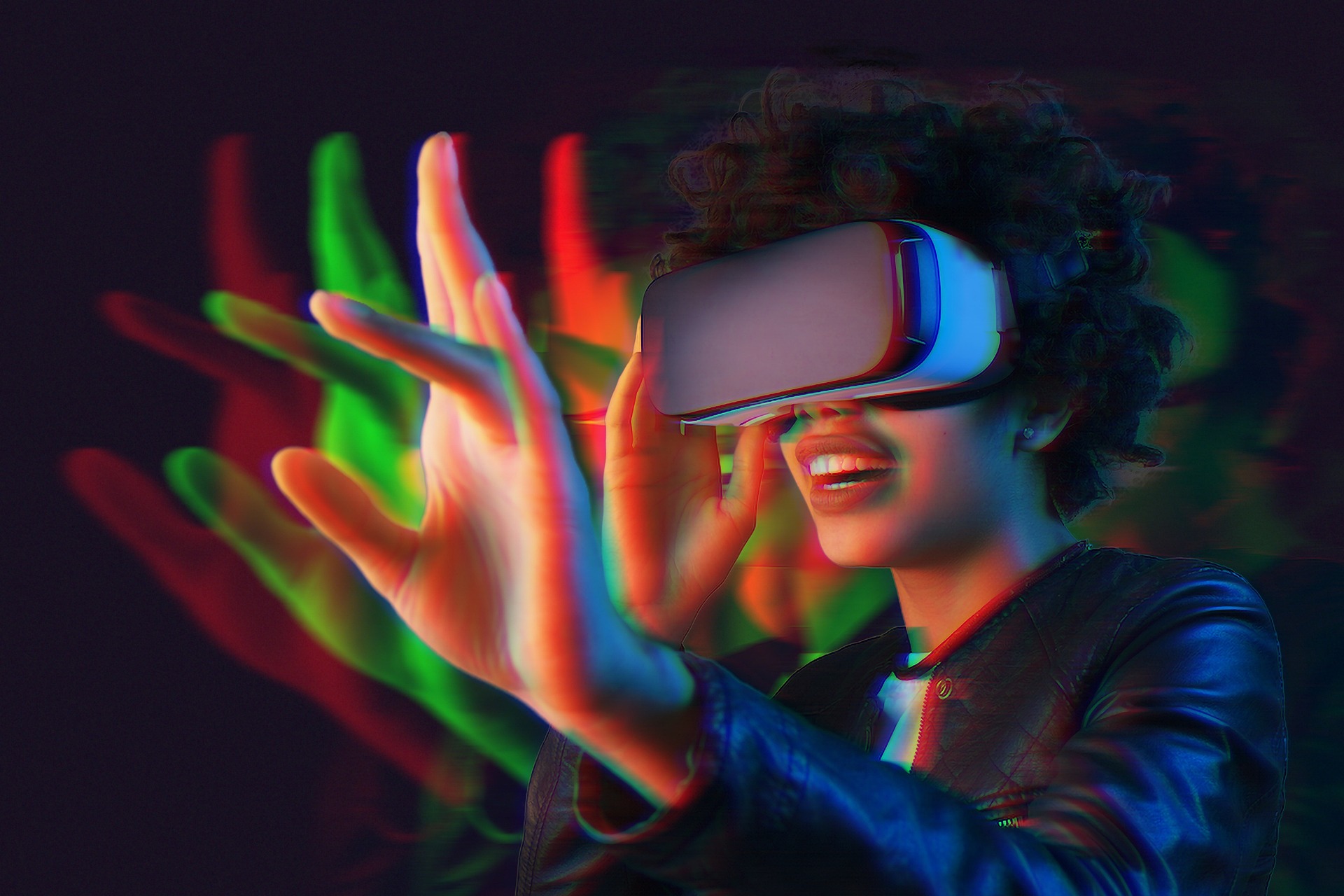Ever thought about what the future of escape games years from now holds? If you are one thinker who sifts your brain every now and then about it, you’d be excited to know that this blog will outline the gadgets that currently do and, in the future, will modify them for a better experience!
The world in the 21st century seems to be an unparalleled realm of innovation, technology, gadgets, and evolution. Similar is an evolution of escape rooms.
Technology and Escape Room
Technology has made several important achievements, which are to be credited. With the aid of technology, everything from connectivity to transportation has experienced significant changes. In a time-based game called an “escape room,” participants must collaborate to resolve a mystery and make their way out.
These games are now developing technology in a wide range of manners. This has made the escape gameplay much more entertaining. The game feels even more realistic overall. Continue reading to learn how technology accomplished that.
1. Lighting and Illumination
As we are all aware, light is the type of energy that gives us the ability to see. Yet it does far more in an escape room. Lights may enlighten or spotlight anything of value, yet they can also conceal or expose the clues! Also, the tint of the illumination is important. The Amazon Fire TV Remote can be used to control escape games, making them more immersive and interactive. Rooms with low lighting or red lights quickly give the game a nerve-wracking atmosphere!
For sci-fi games, white or neon lighting is best. Written clues that are buried in certain escape rooms can only be viewed under a UV vision. Because it has an immediate effect on the player’s mentality, lighting has a big influence on escapology. Hence, the improved feeling can be made possible by the proper illumination!
2. Tech Riddles and Cues
The challenges and riddles are the main elements of an escape room. They must be immersive since they contribute greatly to the overall experience. The overall gaming experience will change for the better if the puzzles and challenges can captivate the participants. Riddles, math, pattern identification, and clue decoding were all common puzzle components.
Technology has advanced, and riddles have fallen into line. Escape rooms now include challenges like electronic labyrinths, touch-screen code vaults on smartphones, interactive gadgets that voice out clues, and UV passageways, in addition to the more classic types.
3. Automated Doors
Think about solving a puzzle and then discovering that a door has just opened! Don’t you think that would leave you feeling like a genius or, better yet, a magician from the historical castle stories? Automated gates are used to do this. These gates are either sensor-activated locks or are controlled via the game’s control algorithm.
In the second scenario, the game master uses a trigger focused on bar magnet technology to unlock the door once the players accomplish a series of tasks. The players become excited when these doors open on their own and unexpectedly.
4. Oculus VR
You may transform a vacant space into a variety of amazing VR settings that participants can investigate together by utilizing a wireless alternative like the Oculus Quest or charging high-end headsets with portable backpack Computers. The gamers just can’t get over being able to freely move about the room with buddies as if they were truly there.
Running a Virtual escape room removes the challenge of opening additional physical rooms, paying for expensive repairs, or running out of items for the participants to enjoy while still providing them with a remarkable new experience they can’t get anywhere else. Escape gaming is a great option for gaming freaks who want to experience a unique and challenging form of entertainment. VR escape games are a real-world of any themes you choose!
5. Surveillance Cameras
Security cameras are probably the most obvious example of how technology is used in escape rooms. Monitor cameras in escape rooms have two uses. They are first employed to monitor the escape players’ activity. The game master can be asked for advice by the players by looking into the camera. Due to these surveillance cameras, the game master is not obligated to stick in the room to help the participants.
Second, the cameras lessen the likelihood of any potential accidents. The doors are quickly unlocked, and the players are saved if the game master notices something that might risk their life, like a fire!
6. Sound Systems
In escape room simulations, sound elements are just as important as the lighting effects. Hidden speakers in the loop will occasionally provide audio hints. It increases how immersive the game is. Players may start to panic a little when a witch laughs or when they hear a terrible noise in a room with a horror background, adding to the realistic atmosphere of the experience. Gaming errors in Escape from Tarkov can be caused by a variety of factors, including server overload, software or hardware issues, and player error. The players’ brains are affected by audio cues as well. If a game room has the right ambient sounds, it becomes much more interesting!
Conclusion
You can imagine now that if this has been the beginning of innovative escape rooms, what and how would be the upcoming AR and VR escape games? Maybe, you would just feel as if, for once, your real life is actually what the phase of those escape rooms would be. AR/VR can help e-commerce businesses like Escape Gaming to create immersive experiences that allow customers to try out products before they buy them.
Author’s Bio:
Aniya More is one of the brightest content writer at Breakout escape room. She is a passionate writer who loves to read books and explore different escape rooms. With a great work ethic, she spends most of her time researching and reading.



